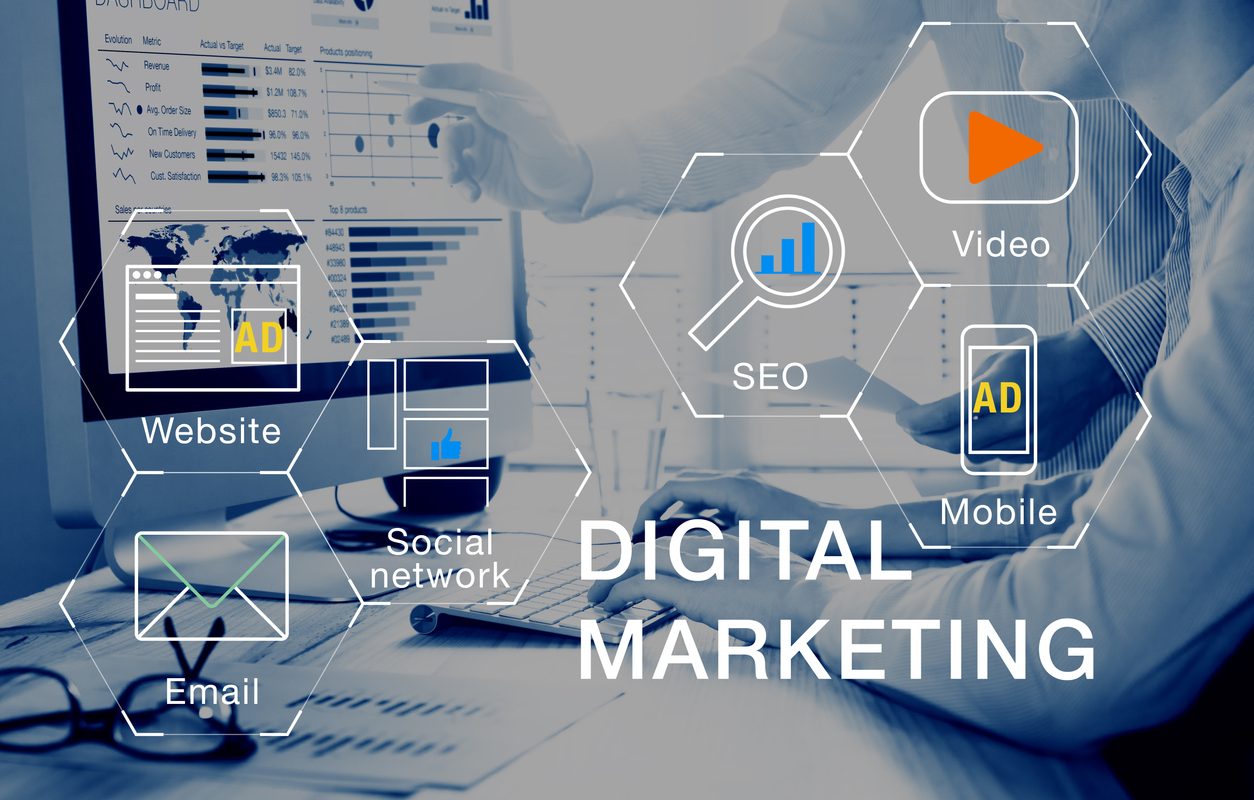What is Link Building?
Link building is the process of continuously increasing the number of links from other websites to your website. The purpose of link building is to drive referral traffic and increase the website authority with an aim to improve your search engine ranking or spread awareness about your business.
The links acquired can be of an ebook, case study, white paper, infographic, or any helpful resource. However, one needs to be careful about the quality of links, as authoritative links are beneficial, but, malicious links can affect the rankings of your website.
Link building is a time-taking process, and also needs a lot of effort as Google wants to see them come naturally over a period. Avoid using black hat SEOs to buy links to reduce your time and effort. It might help you improve your ranking quickly and temporarily, but can turn out to be a disaster in the long run. Whenever you do it, ensure you do it right, and your hard work will show tremendous results.
Make a Strategy For Your Link Building Campaign
It is not as simple as it sounds. Just going out and asking people to link to your content does not work, rather it will be more of a waste of time. It is always better to approach with a well-thought-out strategy in place. It might take longer to accomplish your goals but will get you a higher return on investment.
Set Your Goals for the Campaign
Goals that you have set with the link building campaign will help you figure out the best viable strategy to help you accomplish those goals. Make sure your campaign goals and your overall business goals are linked. If you have decided to build ten links, and it is not influencing the overall success of your business, then your goal is not good enough.
It is essential to build quality links. The more quality and reliable links you acquire, the better will be the search engine rankings. However, it is not easy to achieve success instantly overnight. Hence, you will need to set realistic goals rather than just building countless links.
Time to Develop Your Online Assets
Your assets are what you use to bring your prospects to your website and also to earn quality links. Every business and industry might have its own set of assets which in most cases, differs from one another. Something that works for others may not work for you. How to keep your audience glued to your product? Or what can make them think about you and what you can present to them? In online platforms, content is the most common and precious asset. Content includes any data, products or services, and even people who can come in contact as assets/resources/influencers. It depends on which asset you want to use. However, whatever the asset is, it has to be created to cater to the needs of the target audience.
Some options for link ideas are here:
● Homepage links
● Links to internal pages within your site
● Links that contain your brand or company name
● Links that contain keywords you are targeting
Identify Your Link Targets/Influencers
You will need to identify the type of people who would be interested in your content. Reaching out to people without knowing if they would be interested in your content would lead to a waste of time and energy. Furthermore, if the response rate is low, it will impact your reputation.
You must have some idea of who you think would be interested in your activities before you start making your link building campaign. Only people who will be interested in your content, data, and activities, should be of significance to you.
Do Assessment of Link Targets/Influencers
Social media can be of great help if you want to know about the people you are targeting. Check on their social media profiles, and find out if they are active, what content they usually share, if they are promoting content, and if that includes promoting others’ content too.
Find out what content they share on their website and what subject interests them. It can help in preparing a personalised proposal for them. When you create a personalised proposal, it gives an impression that you care for the person and also what they are interested in. It shows you have done your much-needed homework. Otherwise, it looks like you are careless and least interested, that makes it easier for the audience to reject you.
Then you must look for the contact details of website owners that look relevant to you. You can find it somewhere on the website.
Prioritise Your Link Targets/Influencers
It is time to group your links according to your priority, once you have the final list of your link targets. You can customise your message as per the need you feel. You can prioritise in as many ways as you want, in whatever way you find it right.
Here is How You Can Prioritise:
● By blogger influence, for example, the number of social media followers on Twitter, Facebook, Instagram, etc.
● By the possibility of linking – What are the chances, influencers would agree to link with you?
● By domain metrics, for example, domain authority
Time to Reach Out to Influencers
After you have created groups as per your priorities, it is time for you to reach out to people and talk about your campaign. Your first preference should be high-level targets because they can help you achieve good results. Later, you can contact them as social proofs for smaller websites. When small websites find other influencers linking to your content, it will be easier for you to gain their trust. It will make smaller websites share your content when they find you.
You should be careful while interacting with the influencers. These are real people, and you have contacted them after doing intensive research. So make sure when you interact with them, you know why you have contacted them and also their content that you like. You will have to prove what value your content will provide them. Keep your interaction short and simple, but whatever you talk about, ensure you are able to convince them why they need to care and what you expect from them. Last but not the least, write personalised messages with their name, impressive subject line, mention their particular work, and a professional email signature. You should not look like a spammer, else all your emails will be ignored.
Do Not Forget to Follow Up
It is essential to follow up, but do not get desperate. It is okay if you haven’t received any reply after the first email. People do get busy. However, you can always send a follow-up email if you haven’t received any response, after waiting for some time. It will prove you are not a spammer but a real person and interested in working with them. Always keep a record of all your interactions in a systematic manner to use them later for future reference. You can use a CRM or standard excel sheet to keep track of your records. You might also get a negative response, which would be disappointing, but then do not forget to reply to them back with a thank you email. It will build relationships in the long run. Also, take feedback from the influencers from whom you get negative responses. It will help you in improving your link building campaign.
Link building is one of the oldest SEO techniques that continues to be relevant even today when the main objective of a website owner is to increase awareness and visibility of their website to improve its rankings on search engine result pages. However, make sure you hire a professional search engine optimisation and digital marketing company to ensure your link building campaign is effective and successful.
About the author:
A writer by passion and profession, Mary is a Full-Time Content Creator and Strategist. She has also worked in the capacity of Online Product Manager, Quality Analyst, and Product Delivery Manager and has more than 15 years of experience in Writing and Product Management with various internationally acclaimed organisations. She has got a strong flair for writing and enjoys writing on various subjects that concern one and all.





